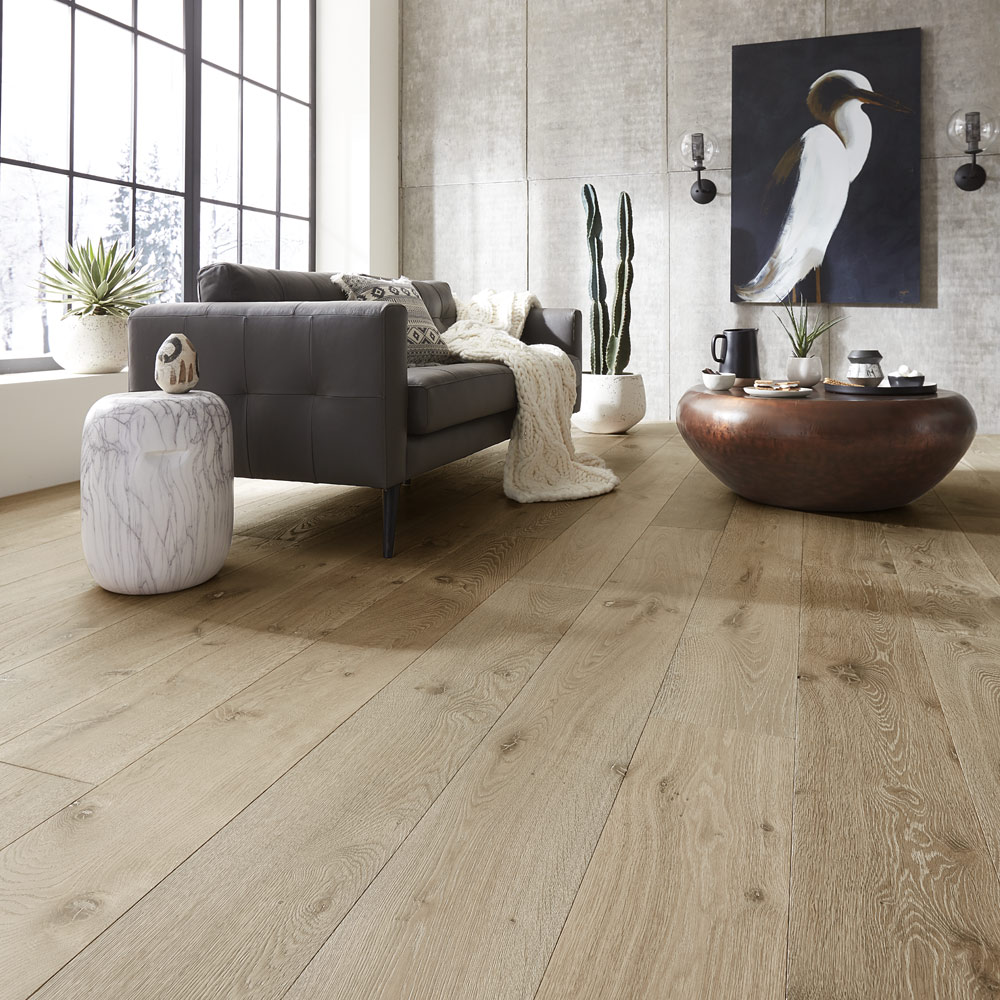Wooden flooring has long been revered for its beauty, warmth, and durability. Throughout history, wood has been a cornerstone of flooring choices, but over the years, its styles and applications have evolved significantly. From the classic charm of solid hardwood floors to the sleek, contemporary finishes seen today, the evolution of Wooden flooring dubai reflects both changing aesthetics and advancements in technology. Let’s take a closer look at the transformation of wooden flooring from the classic to the contemporary.
Early Beginnings: Solid Hardwood Floors
Wooden floors have been around for centuries, with some of the earliest examples found in medieval castles and homes. These early floors were made from solid wood planks, typically sourced from oak, pine, or walnut. The wooden floors of these times were durable but also challenging to maintain due to their susceptibility to moisture and warping. They were often installed as long planks, giving homes a rich, rustic feel.
In the 17th and 18th centuries, the trend of wooden flooring began to gain prominence in European architecture. During this time, the technique of creating intricate patterns like herringbone and parquet emerged. These decorative styles were often used in more affluent homes, as the materials and labor involved were costly. While solid hardwood floors remained a staple for centuries, their practical limitations, such as vulnerability to environmental factors, would eventually drive the search for alternatives.
The Rise of Engineered Wood and Laminate
Fast forward to the mid-20th century, when the industrial revolution and advances in manufacturing technologies changed the landscape of flooring materials. Solid hardwood floors were still popular, but they were increasingly being replaced by more affordable and versatile options. The creation of engineered wood floors marked a major shift in the flooring industry.
Engineered wood floors are made by bonding layers of wood veneers together, with the top layer often being a high-quality hardwood like oak, cherry, or maple. This design allowed for increased stability and resistance to moisture, making it a viable option for areas like basements and kitchens where traditional hardwood might warp. The multi-layer construction also made engineered wood floors more affordable and easier to install, opening up wooden flooring options to a wider range of homeowners.
Around the same time, laminate flooring emerged as a more budget-friendly alternative to real wood. While laminate offered the appearance of wood, it was actually made from a composite material with a photographic layer that mimicked the look of wood grains. This option became popular for homeowners who wanted the aesthetic of wood without the higher price tag and maintenance demands.
The Return of Natural Wood with a Modern Twist
As we entered the 21st century, there was a resurgence of interest in natural, authentic materials, and wood flooring experienced a revival. Homeowners began to value sustainability and craftsmanship, which brought solid hardwood back into the spotlight. However, with this return to natural wood came a demand for new innovations that would blend the classic appeal of wood with the benefits of modern technology.
One of the most significant trends in the 21st century is the use of larger planks. Wider and longer boards became a symbol of luxury, as they offered a sense of spaciousness and streamlined aesthetics. Wider planks also minimized the number of seams in the floor, making the room appear more cohesive and polished.
Another notable shift has been the growing popularity of dark wood tones. While light oak and pine had dominated previous decades, rich, dark woods such as walnut, mahogany, and espresso-stained oak have taken center stage in recent years. These darker tones offer a sophisticated, contemporary vibe, perfect for modern homes and urban lofts.
Additionally, there has been an increased interest in distressed or reclaimed wood. This trend is fueled by a growing demand for sustainable, eco-friendly design elements. Reclaimed wood floors are sourced from old buildings, barns, and warehouses, giving them a unique, weathered look that adds character and history to a space. These floors can provide a rustic charm while also promoting sustainability, as they repurpose old materials rather than relying on new lumber.
Modern Innovations: Engineered Wood, High-Tech Finishes, and Customization
The most recent advancements in wooden flooring have focused on improving durability, customization, and installation ease. Engineered wood floors, while still a popular choice, have become even more sophisticated, offering a wider variety of finishes and textures. These modern engineered wood floors now come with improved finishes that mimic the natural imperfections and textures found in solid wood, such as wire-brushed or hand-scraped effects.
High-tech finishes, such as matte and satin coatings, are becoming more common in wooden flooring. These finishes not only enhance the appearance of the wood but also offer greater protection against scratches, moisture, and fading. Matte finishes, in particular, have gained popularity due to their modern, understated appearance and the fact that they tend to hide dust and dirt better than glossy finishes.
Another significant innovation is the introduction of waterproof wooden floors. Thanks to advanced technologies like hybrid core systems and specialized coatings, today’s wooden flooring options are designed to withstand moisture and humidity, making them ideal for bathrooms, kitchens, and basements—places that were once unsuitable for traditional wood floors. This waterproof technology has allowed homeowners to enjoy the beauty of wood in spaces where it was previously impractical.
Customization has also played a major role in the contemporary wooden flooring market. Consumers can now select everything from plank size and color to surface texture and finish. This allows homeowners to create a floor that perfectly complements their interior design vision, whether it’s a sleek, modern look or a more rustic, vintage style.
Conclusion: A Timeless Classic Meets Modern Innovation
Wooden Flooring dubai reflects both changing tastes and technological advancements, transforming wood from a traditional, rustic material to a versatile and durable flooring option suitable for contemporary homes. From the classic elegance of solid hardwood to the innovations of engineered wood, reclaimed floors, and modern finishes, wooden flooring has adapted to meet the demands of modern living.


